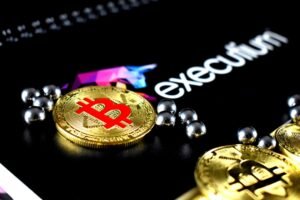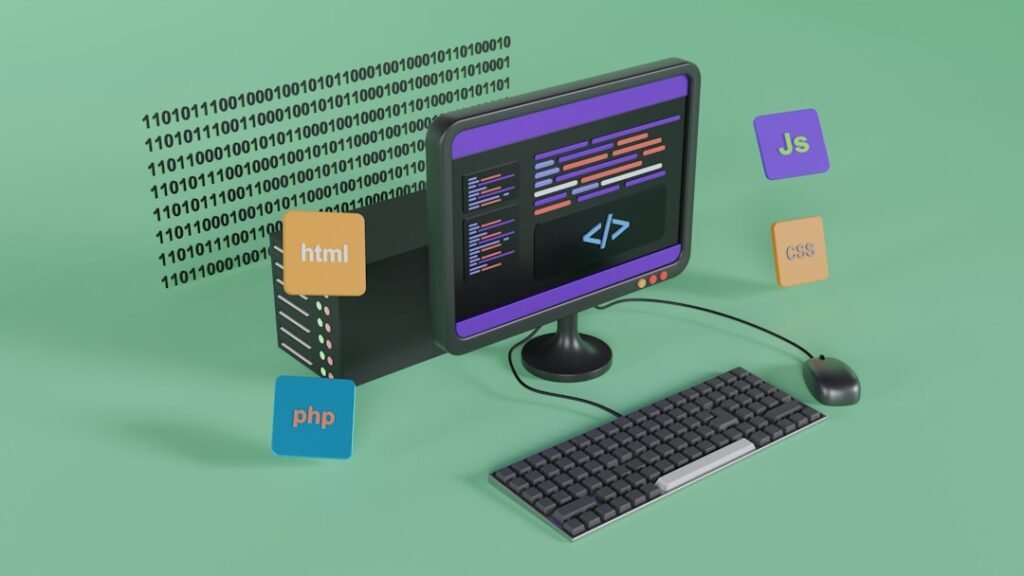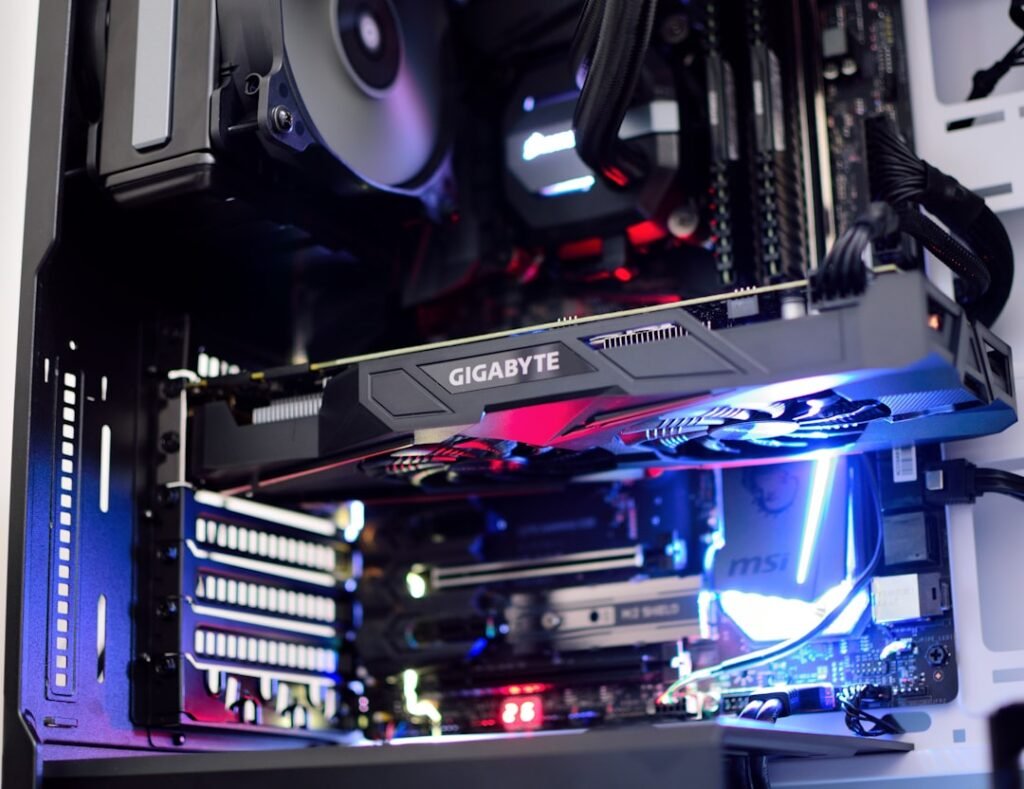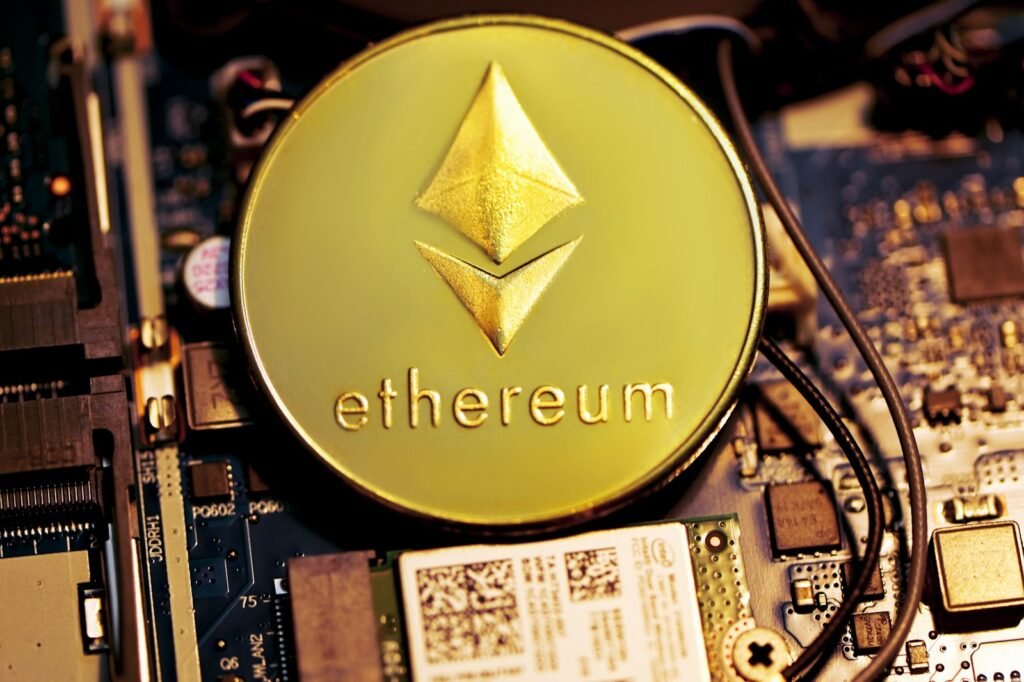The Ultimate Altcoin Hunter's Guide: How to Find and Filter Potential Gems
The cryptocurrency landscape explodes with opportunity, but navigating beyond Bitcoin and Ethereum requires savvy research. Unlike traditional markets, crypto demands unique tools and knowledge to uncover legitimate projects with genuine potential. This guide arms you with proven methods to discover new altcoins and rigorously evaluate their investment viability, using only credible sources and verifiable data.
Key Takeaways
- Cryptocurrency exchanges, data aggregators, and social media are primary sources for discovering new altcoins.
- Tools like Token Sniffer, KryptView, and BSCCheck are essential for auditing a coin's legitimacy and identifying red flags.
- Critical evaluation factors include liquidity, trading volume, project fundamentals (use case, team, whitepaper), tokenomics (supply, distribution), and market sentiment.
- Investment avenues extend beyond direct coin purchases to include NFTs, DeFi platforms, regulated ICOs, and cryptocurrency ETFs.
- Rigorous due diligence is non-negotiable to mitigate risks and avoid scams like rug pulls.
Where to Unearth New Cryptocurrencies
The hunt begins in the right places. Rely on established platforms known for listing and tracking emerging digital assets:
- Cryptocurrency Exchanges: Platforms like Binance, Coinbase, Crypto.com, Gemini, and Kraken are frontline sources. They list new cryptocurrencies for trading, often providing initial project information. Setting up an account grants deeper access to listings and launch announcements.
- Data Aggregators: These are indispensable research hubs:
- CoinMarketCap: Provides comprehensive lists of new cryptocurrencies, displaying real-time prices, market capitalization, trading volume, and basic project data. This helps gauge initial market reception and activity.
- CoinGecko: Offers similar functionality to CoinMarketCap, listing new coins with key metrics, community growth stats, and developer activity indicators.
- Important Note: Aggregators may experience network lag. For real-time pricing, always cross-reference with a live trading platform.
- Social Media & Communities: Speed and community sentiment thrive here:
- X (formerly Twitter): Follow project founders, developers, and key influencers. Set up keyword alerts (e.g., "new crypto," "crypto release," "[Project Name]") for real-time updates and announcements.
- Telegram & Discord: Official project channels on these platforms offer direct communication with teams and communities, providing updates, AMAs (Ask Me Anything), and technical discussions.
- Specialized Websites & Tools: Go deeper with dedicated resources:
- Token Discovery/Audit Tools:
- Token Sniffer: Enter a token name or contract address for an automated audit. It checks for warnings (scams, bugs, hacks), analyzes swap functions, contract code, holder distribution (flagging large suspicious holdings), liquidity status (locked/burned), and identifies similarity to known scam tokens. It visualizes holder distribution via bubble maps.
- KryptView.com: Analyze token details based on name or address.
- BSCCheck: Specifically verifies tokens on the Binance Smart Chain (BSC).
- Screening Tools: Platforms like TradingView's Crypto Screener そして DEX Screener allow filtering coins based on technical metrics and performance across decentralized exchanges.
- Token Discovery/Audit Tools:
- Emerging Ecosystems:
- Decentralized Finance (DeFi) Platforms: Ecosystems like Maker, Uniswap, and Aave (and the broader イーサリアム network enabling dApp creation) often have native tokens used within their protocols. Exploring new DeFi projects can reveal associated tokens.
- Non-Fungible Token (NFT) Marketplaces: Platforms like OpenSea, Rarible, and SuperRare showcase new NFT collections. While NFTs themselves are distinct, projects launching significant collections or building NFT-focused platforms might have linked tokens. Specialized marketplaces (e.g., NBA TopShot, NFL partnerships) also exist.
- Regulated Fundraising & Indirect Exposure:
- Initial Coin Offerings (ICOs): Once dominant, ICOs are now heavily regulated (e.g., by the SEC). Any legitimate ICO should comply with relevant securities regulations. Proceed with extreme caution and thorough vetting.
- Exchange-Traded Funds (ETFs): Gain indirect exposure via Bitcoin Spot ETFs, Ethereum Spot ETFs, or futures-based ETFs trading on traditional exchanges (like CME). This offers a regulated avenue without direct coin ownership.
Filtering for Potential: Rigorous Evaluation is Key
Finding a coin is step one. Determining its legitimacy and potential is critical. Apply these filters:
- Scrutinize with Audit Tools: Token Sniffer is your first line of defense. Look for critical warnings:
- Contract Risks: Is the contract verified? Does it grant excessive control to the creator (e.g., minting privileges, fee changes)? Are there hidden functions?
- Holder Distribution: Are there wallets holding disproportionate amounts (>5-10% of supply, especially near the creator)? This signals potential for market manipulation or a rug pull. A bubble map revealing concentration is a major red flag.
- Liquidity Analysis: Is liquidity sufficient? Is it locked (a positive sign, preventing immediate withdrawal by creators) or burned? Is a large percentage accessible only to the creator? Low or unlocked liquidity is extremely risky.
- Similarity to Known Scams: Does the token share significant code similarities with flagged scams? A high similarity score is a strong warning.
- Assess Liquidity and Trading Volume: A legitimate coin needs a market.
- Trading Volume: Check exchanges and aggregators. Consistently low volume makes buying/selling difficult and suggests low investor interest or a potential dead project. High volume indicates active trading.
- Liquidity Depth: Can the market absorb larger buy/sell orders without drastic price swings? Tools and exchange order books show liquidity depth. Avoid coins where small trades cause large price impacts.
- Understand the Value Proposition (Use Case): What problem does it solve?
- Utility Tokens (e.g., ETH): Provide access to a network's functionality (paying gas fees, governance, accessing services). A strong, growing ecosystem (like Ethereum's DeFi and Web3) underpins value.
- Payment Coins (e.g., BTC): Primarily designed as digital cash. Value often stems from adoption, scarcity, and network security.
- Meme Coins (e.g., DOGE, SHIB): Typically lack inherent utility; value is driven purely by community hype and speculation. High-risk, high-volatility bets.
- NFTs: Represent ownership of unique digital (or digitized physical) assets. Value derives from scarcity, provenance, artist reputation, and community perception.
- Ask: Does the project solve a genuine need? Is its solution better than competitors? Does the token have a clear, necessary role within its ecosystem?
- Dig into Fundamentals:
- Whitepaper: Read it thoroughly. Does it clearly explain the technology, tokenomics, roadmap, and team? Is it realistic, or full of hype and vague promises? Beware of plagiarized or poorly written papers.
- Team & Developers: Who is behind the project? Are they doxxed (publicly identified)? Do they have relevant experience and a credible track record? Check their LinkedIn and past projects. Active, visible developers on GitHub are a positive sign.
- Roadmap: Does the project have a clear development plan? Are milestones being met? Check their official communication channels for progress updates.
- Community: Is there an active, engaged community (Discord, Telegram, X)? While hype can be dangerous, genuine interest and discussion signal belief in the project's future. Beware of echo chambers filled only with "moon" and "lambo" talk.
- Analyze Tokenomics:
- Supply: What's the total supply? What's the circulating supply? Is there a maximum (hard cap)? How are new tokens created/released (mining, staking, vesting schedules)? Scarcity can influence price, but only if demand exists.
- Distribution: How were tokens initially distributed (ICO, airdrop, mining)? Is the distribution fair, or heavily concentrated with the team/early investors? Vesting schedules for team tokens prevent immediate dumps.
- Token Utility & Burns: What functions does the token serve? Are there mechanisms to reduce supply over time (token burning), potentially increasing scarcity?
- Monitor Market Dynamics:
- Price & Market Cap: While past performance isn't indicative, understanding the current valuation relative to peers and the problem it solves is crucial. Is it overhyped or undervalued based on fundamentals?
- Sentiment: Use social listening tools or manually gauge sentiment on X, Reddit, and crypto news sites. Extreme euphoria (FOMO) can signal a top, while extreme fear can signal a bottom, but fundamentals should be the anchor.
- Regulatory Landscape: Be aware of the regulatory environment for the specific token type and its jurisdiction. Regulatory crackdowns (like the SEC's actions on many ICOs) can drastically impact value. Is the project proactively engaging with regulators?
Beyond Direct Coins: Alternative Crypto Investment Avenues
- Non-Fungible Tokens (NFTs): Invest in unique digital assets on marketplaces like OpenSea or Rarible. Value depends on the asset's uniqueness, creator, community, and perceived future worth. Requires understanding digital art, collectibles, gaming assets, or utility NFTs.
- Decentralized Finance (DeFi): Participate in lending, borrowing, liquidity provision, or yield farming using protocols like Aave or Uniswap. This involves interacting directly with smart contracts and carries technical and impermanent loss risks, but offers potential yield. Often requires holding the platform's native token.
- Cryptocurrency ETFs: Bitcoin Spot ETFs and Ethereum Spot ETFs offer exposure to the underlying cryptocurrency's price movement without direct ownership, custody concerns, or navigating exchanges. Traded like stocks on traditional exchanges. Futures-based crypto ETFs also exist.
The Bottom Line: Diligence is Your Best Investment
The altcoin universe offers immense potential but is fraught with volatility and risk. Finding promising projects requires knowing where to look (exchanges, aggregators, communities) and, more importantly, how to rigorously evaluate them using specialized tools (Token Sniffer, etc.), fundamental analysis (team, whitepaper, use case), and market metrics (liquidity, volume, tokenomics).
There is no guaranteed "1000x" coin. Success hinges on thorough due diligence, understanding the risks (especially scams like rug pulls), avoiding emotional decisions (FOMO, FUD), and only investing capital you can afford to lose. While platforms like CoinMarketCap list top coins by market cap (e.g., Bitcoin, Ethereum, BNB, Solana), the true "best" upcoming cryptocurrency is subjective and depends entirely on individual research aligning with personal investment goals and risk tolerance. Treat altcoin hunting like professional research – your diligence is the most valuable asset you bring to the crypto market.












